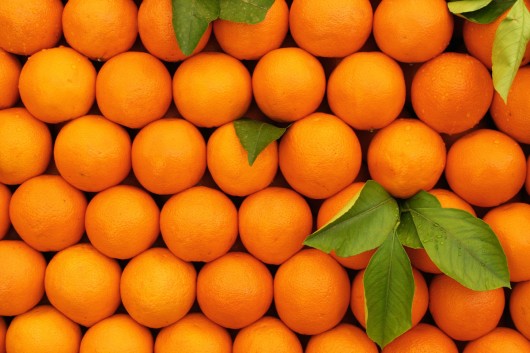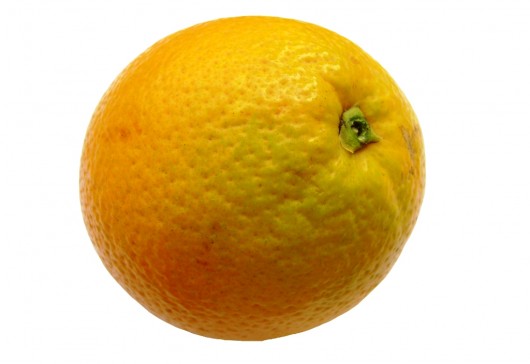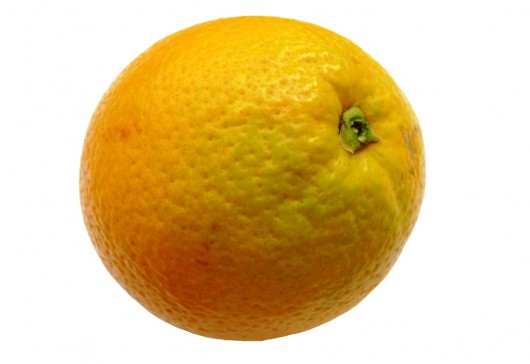Best Oranges For Orange Juice And How To Choose Them
Say what you will about Florida, it has continued through hurricanes and even the Great Recession to provide Americans with our delicious breakfast juice of choice; orange juice. Sticky sweet, brightly acidic, and full of vitamin-packed pulp, fresh squeezed OJ is about the closest thing to waking up on the right side of the bed that you can get to on a typical weekday morning. Of course, pre-packaged, commercialized juices like Florida’s Natural and Tropicana will always be easier to make, but will also never be tastier than juicer made fresh squeezed OJ. But what are the best oranges for juicing at home? Thankfully, there are several easily identifiable varieties of oranges that come as close to making ambrosia as humans can get.
The Best Oranges for Juicing
Valencia oranges, also known as juicing oranges, are one of the most widely consumed oranges in the world. Mostly grown in Florida and Mexico, Valencia oranges usually come with several seeds, but have also been cultivated in a juicer-friendly seedless variety. Known and prized for their very sweet, yet smooth, juice, Valencia oranges are easy to find year-round in grocery stores around the US. The easiest way to identify a Valencia orange is to look for a nice light orange exterior rind, a full circular shape and little or no indentation marking where the core of the orange is.
Much like other oranges, Valencia oranges are best juiced when ripe to slightly over-ripe, as this stage of the fruit’s life provides the most juice. The easiest way to tell if a Valencia orange is ripe is to look at and feel the skin and smell the core of the fruit. If the orange’s skin has a uniform, light-golden orange color devoid of dark spots, and the rind feels smooth to the touch, it is most likely a good fruit. If the core then also smells sweet with a slight burst of acid at the end of your prolonged sniff, it is a ripe fruit.
Outside of the commercial United States, blood oranges are the most popular type of orange. Grown mostly in Spain and Italy, these slightly “discolored” fruits and even sweeter than Valencia oranges, and provide similar amounts of juice. Blood oranges are named and noted for their red-orange interior flesh, and their highly sweet and acidic taste. Blood oranges are easily identifiable, as their smaller shape and very rough and pitted exterior stand out among a crowd.
Of course, these characteristics make ripe blood oranges tougher to tell when they become ripe. The best way to see if your blood orange is ripe is to squeeze it first, as a ripe orange should give some, yet bounce back after being squeezed. Then, scratch the core and smell it. If it has a nice sweet smell with little bitterness to it, the blood orange is ripe and ready to put into your juicer.


